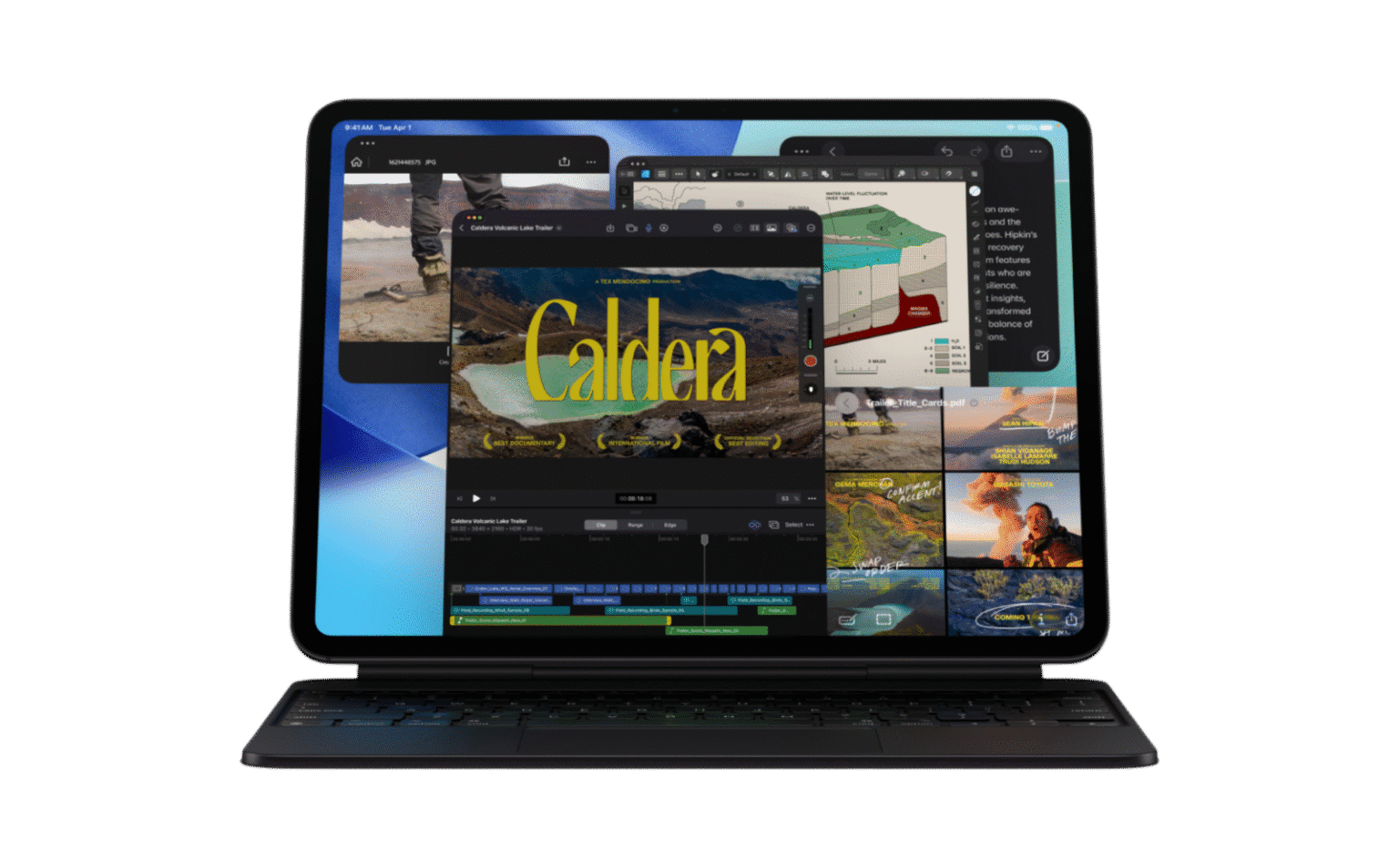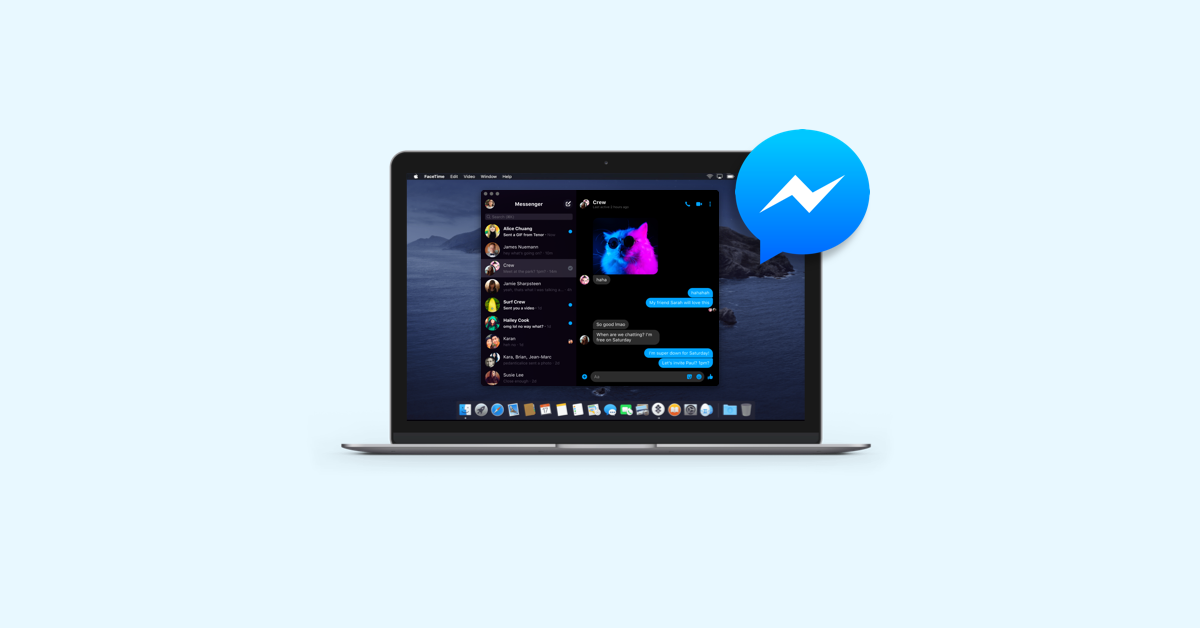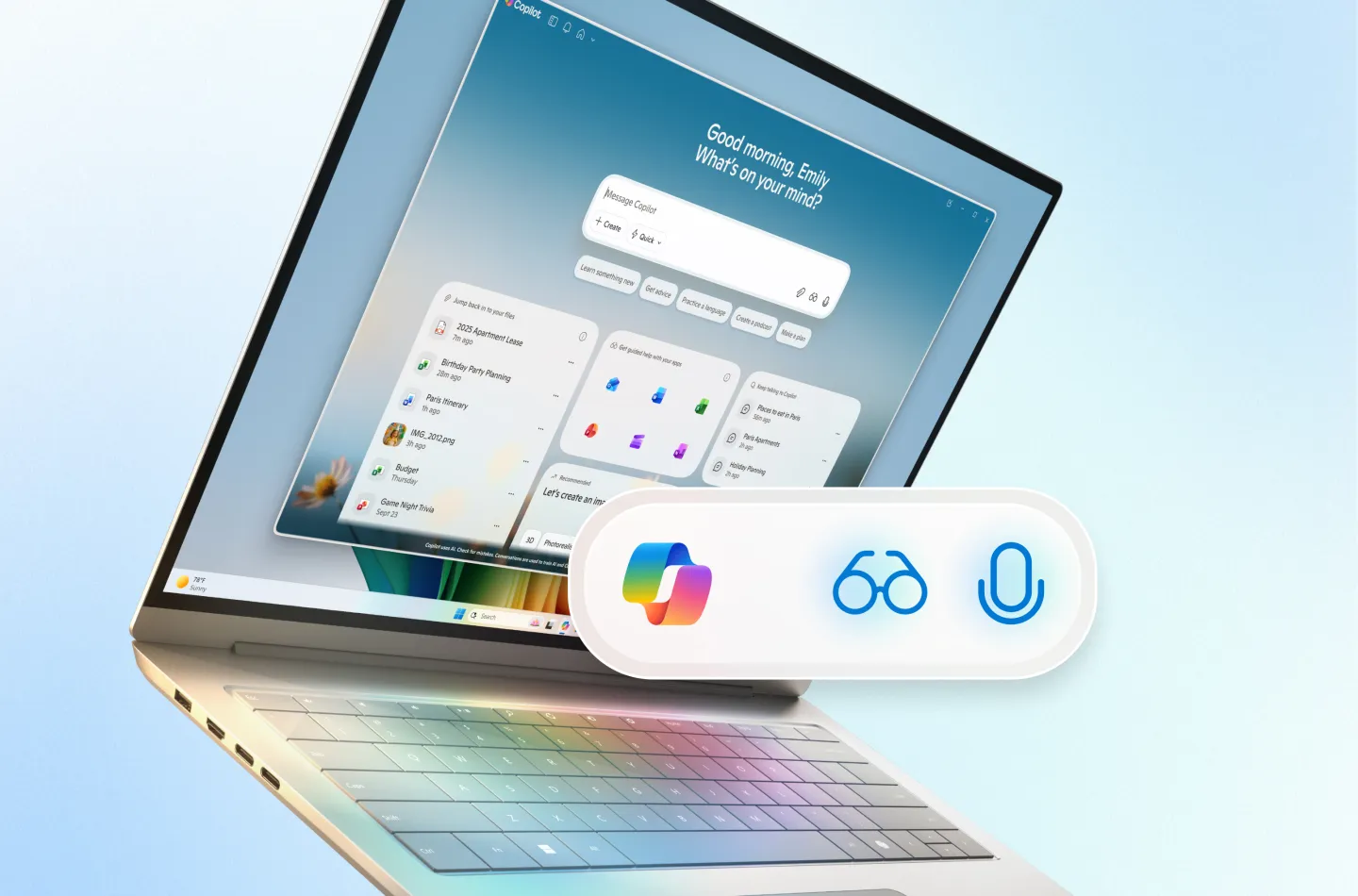Apple’s new M5 iPad Pro is now available for pre-order, and marks the company’s latest step in merging high-end tablet performance with desktop-level processing. While the M4 iPad Pro is still a recent release, the new model brings a series of measured but meaningful hardware updates — particularly around AI performance, wireless connectivity, and charging. For professionals or creatives who rely heavily on the iPad Pro for editing, design, or on-the-go productivity, the M5 offers a more refined experience. But for casual users, the upgrade may feel more evolutionary than revolutionary.
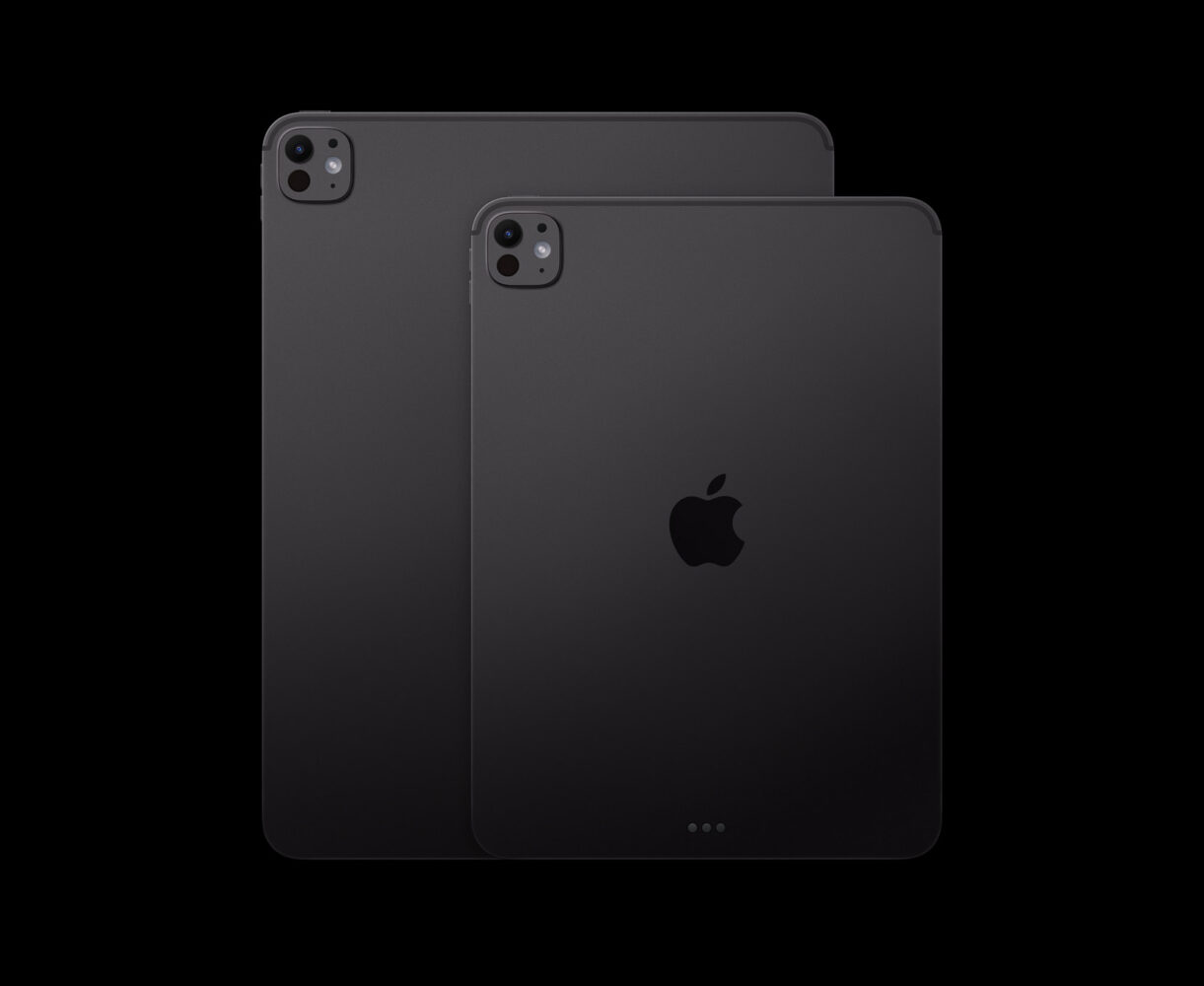
At the heart of the M5 iPad Pro is Apple’s new M5 chip — a processor that leans heavily on AI and GPU performance. Apple claims the M5’s GPU, now featuring Neural Accelerators similar to those in the iPhone 17’s A19 chip, can deliver up to four times the AI and graphics performance of the M4. The CPU, meanwhile, is modestly faster, showing around a 15% improvement according to early benchmarks. Depending on the configuration, buyers can choose models with up to a 10-core CPU and 10-core GPU, though entry-level variants feature a slightly reduced 9-core CPU setup. The M5 also features an upgraded 16-core Neural Engine, which handles AI-driven tasks like photo enhancements, language modeling, and real-time processing more efficiently than before.
RAM capacity has also seen a boost, especially in the lower-tier versions. The 256GB and 512GB models now come with 12GB of unified memory — up from 8GB on the equivalent M4 versions — while the 1TB and 2TB configurations maintain 16GB. Memory bandwidth has improved as well, rising to over 150GB/s, roughly a 30% increase. This means smoother multitasking across iPadOS 26’s windowed apps, faster machine learning inference, and shorter load times for demanding creative software. Apple also notes that storage read and write speeds have doubled, further improving data-heavy workflows such as 3D rendering or 8K video editing.
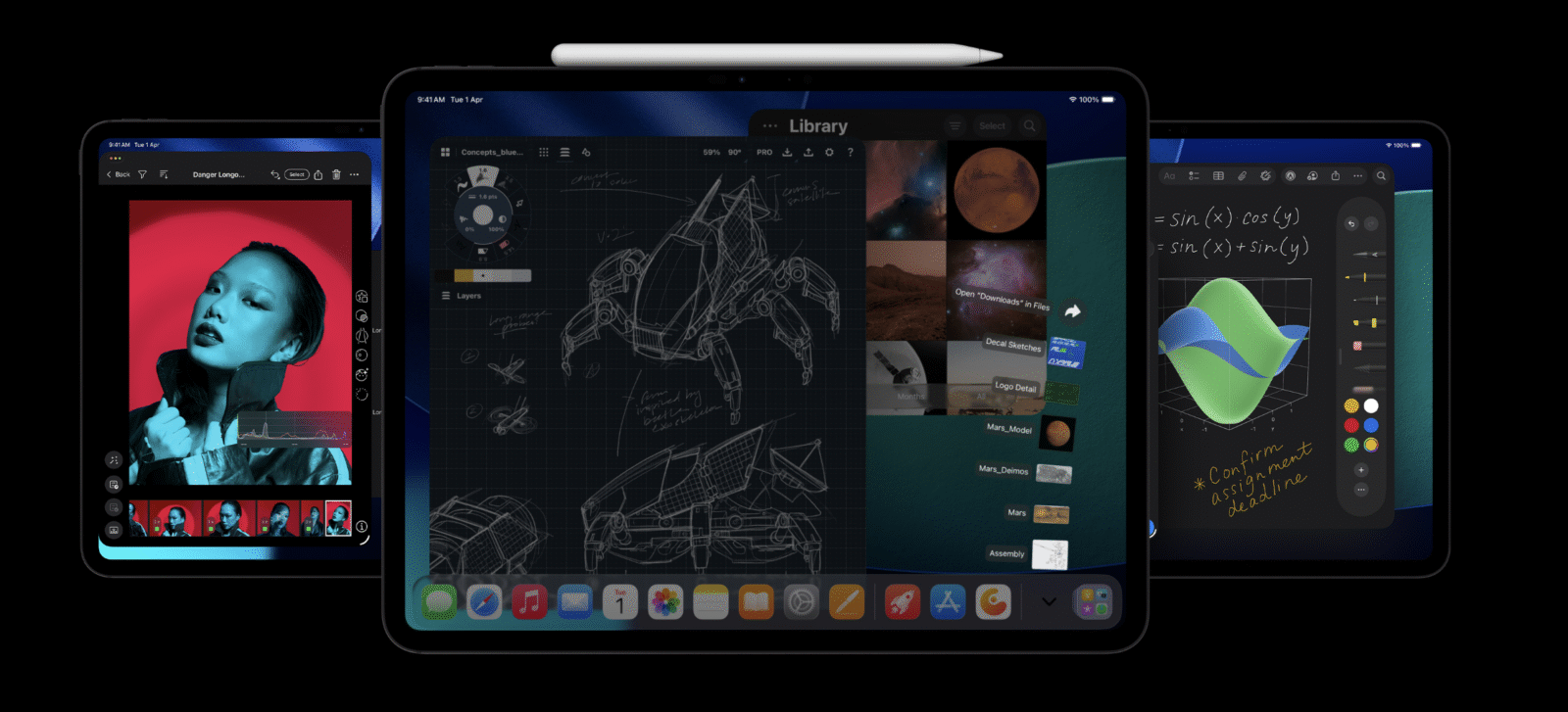
One of the more user-facing additions is fast charging support — a first for the iPad Pro line. Using Apple’s new 40W Dynamic Power Adapter, the M5 iPad Pro can reach 50% charge in just 35 minutes when paired with a 60W or higher USB-C charger. This is a welcome quality-of-life improvement, especially for mobile professionals who rely on their device throughout the day. The adapter retails for around AED 145 and also supports the latest iPhone 17 and iPhone Air models.
Connectivity has also taken a leap forward. The M5 iPad Pro introduces Apple’s in-house C1X 5G modem — the same one found in the iPhone Air. Apple claims it delivers up to 50% faster cellular speeds than the previous modem, with significantly better energy efficiency. Although Apple’s official battery life estimates remain the same — up to 10 hours of web browsing on Wi-Fi and 9 hours on cellular — the company says the M5 model uses up to 30% less power for heavy cellular tasks, meaning frequent 5G users should see real-world gains.
Another new internal component is the N1 wireless chip, which brings Wi-Fi 7, Bluetooth 6, and Thread support. The M4 iPad Pro topped out at Wi-Fi 6E, so this upgrade allows for faster, more stable connections and improved reliability for features like AirDrop and Personal Hotspot. The N1 chip also enhances overall wireless performance on crowded 5GHz networks, reducing latency and improving streaming and collaboration tasks.

The M5 iPad Pro also gains the ability to drive external displays at up to 120Hz — a notable upgrade for users who connect their iPad to a larger monitor. This refresh rate support, coupled with Adaptive Sync, enables smoother visuals and reduced latency for gaming, animation, and professional video editing. It also strongly hints that Apple’s upcoming Studio Display may adopt a 120Hz panel to match.
In terms of what hasn’t changed, the M5 iPad Pro retains the same form factor, available in both 11-inch and 13-inch sizes, with identical dimensions to the M4 models. The Ultra Retina XDR display remains the same, delivering high brightness and contrast with consistent HDR performance. Camera systems are unchanged as well — no new sensors or dual-front setups, despite earlier rumors. Prices start at AED 4,199 for the 11-inch version and AED 5,499 for the 13-inch. Accessories like the Magic Keyboard and Apple Pencil remain compatible, with no new versions introduced.
Overall, the M5 iPad Pro is a carefully tuned evolution of last year’s model. It refines the device’s speed, memory management, and connectivity without drastically altering the experience. Users who depend on AI workloads, high-end creative applications, or frequent cellular connectivity will see the most benefit. However, for those already using the M4 iPad Pro primarily for note-taking, light editing, or entertainment, the improvements may not justify an immediate upgrade.
Apple’s strategy with the M5 iPad Pro seems clear: lay the groundwork for a more AI-driven iPadOS ecosystem, while keeping the hardware reliable, consistent, and increasingly future-proof.

